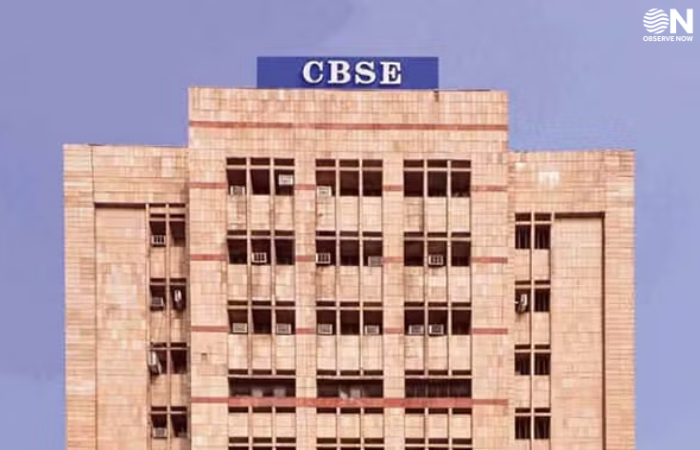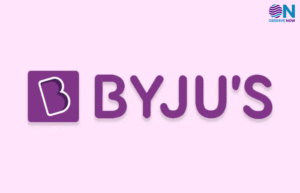CBSE to Introduce ‘Bharatiya Ganit Parampara’ in School Curriculum from 2025–26

The Central Board of Secondary Education (CBSE) has announced the introduction of a new module titled Bharatiya Ganit Parampara (Indian Mathematical Heritage) in school curricula from the academic year 2025–26. This initiative aims to familiarize students with India’s vast and rich legacy in mathematics, spanning from the Vedic period to contemporary contributions, while aligning with the principles outlined in the National Education Policy (NEP) 2020.
The new module will be incorporated across different levels of schooling, adapted to suit the cognitive abilities of learners from middle to senior secondary grades. Rather than functioning as a separate subject, Bharatiya Ganit Parampara will be woven into existing mathematics syllabi, ensuring students encounter this heritage organically as they progress through their studies. The CBSE emphasizes that the move is meant to inspire curiosity, pride, and a deeper cultural connection while strengthening core mathematical skills.
Bharatiya Ganit Parampara will highlight the works of renowned Indian mathematicians such as Aryabhata, Brahmagupta, Bhaskaracharya, Madhava of Sangamagrama, and Srinivasa Ramanujan. Lessons will cover their groundbreaking concepts—ranging from the invention of zero and the decimal system to advancements in trigonometry, algebra, calculus, and infinite series. The module will also explore the influence of Indian mathematics on other civilizations through trade, translation, and scholarly exchange.
One of the CBSE’s key objectives is to break the perception that mathematics is purely abstract or disconnected from real life. Historical examples will illustrate how ancient Indian mathematicians applied concepts to astronomy, architecture, commerce, and daily problem-solving. This contextualization aims to make mathematics more relatable and engaging, encouraging analytical thinking while nurturing cultural literacy.
The module will be supported by teacher training programs to ensure effective delivery. Educators will receive resource books, digital tools, and classroom activities designed to integrate historical narratives with problem-solving exercises. CBSE also plans to develop multimedia content—videos, interactive timelines, and animations—to bring these stories to life. This will enable students not only to learn formulas but also to appreciate the origins and applications of these ideas.
Critically, the curriculum design has been informed by academic research and consultation with historians of mathematics, education experts, and cultural scholars. This ensures that the content is factually accurate, inclusive, and free from regional or ideological biases. The emphasis will be on scientific merit and documented contributions rather than mythological interpretations, maintaining the rigor expected in academic study.
The rollout aligns with the NEP 2020 vision of integrating Indian knowledge systems into modern education while maintaining global competitiveness. By including Bharatiya Ganit Parampara, CBSE hopes to strengthen students’ sense of identity without compromising international benchmarks in mathematics learning.
The broader impact of this change could be significant. Students exposed to these narratives may develop a deeper appreciation for innovation and problem-solving as inherent aspects of Indian intellectual tradition. Moreover, it could inspire young learners to pursue careers in STEM fields, seeing themselves as part of a long continuum of discovery.
Ultimately, the introduction of Bharatiya Ganit Parampara is more than a curriculum update—it is an attempt to balance cultural heritage with forward-looking education. By recognizing India’s historical contributions to mathematics alongside modern advancements, CBSE aims to nurture globally aware citizens who are firmly rooted in their own intellectual heritage.
















